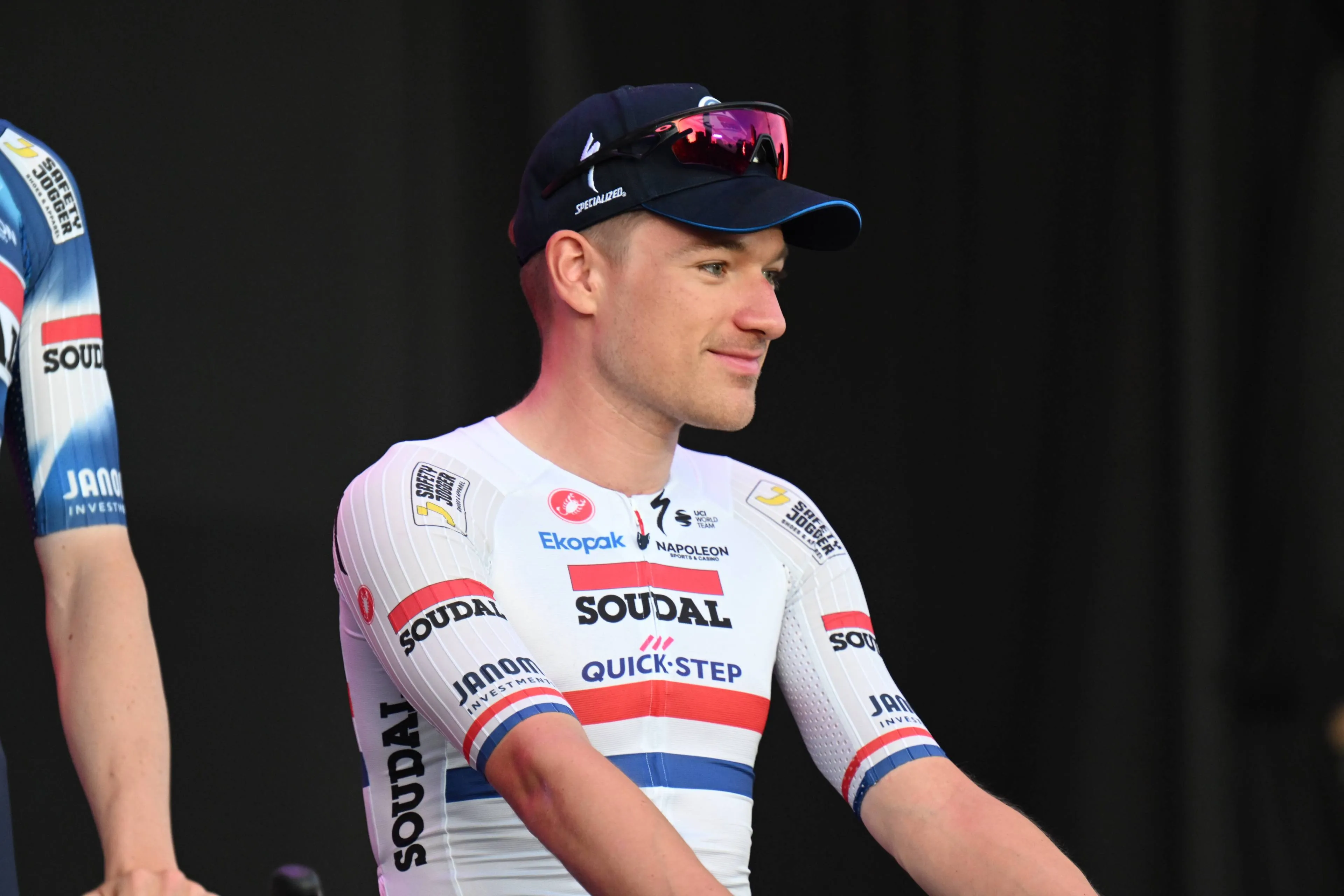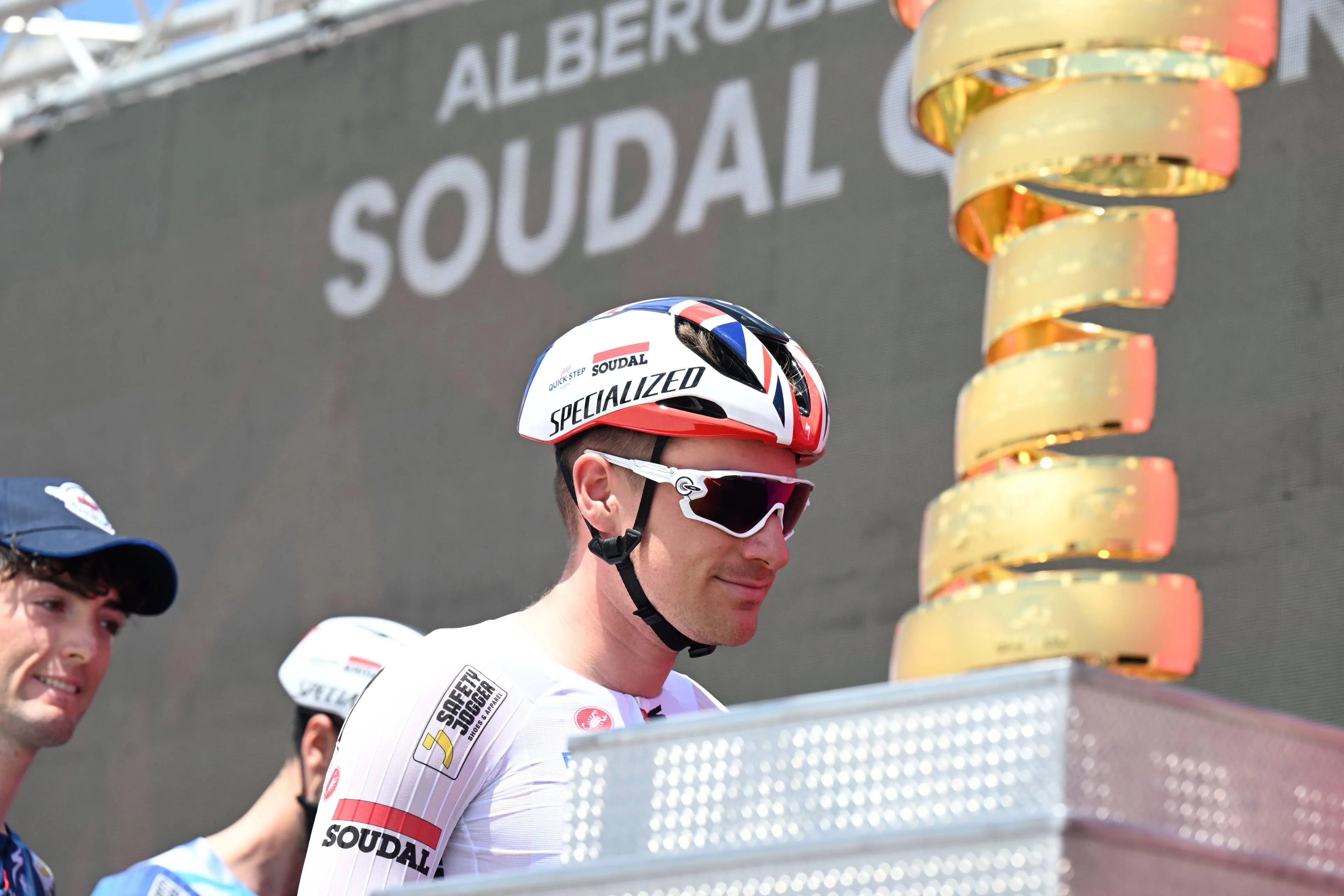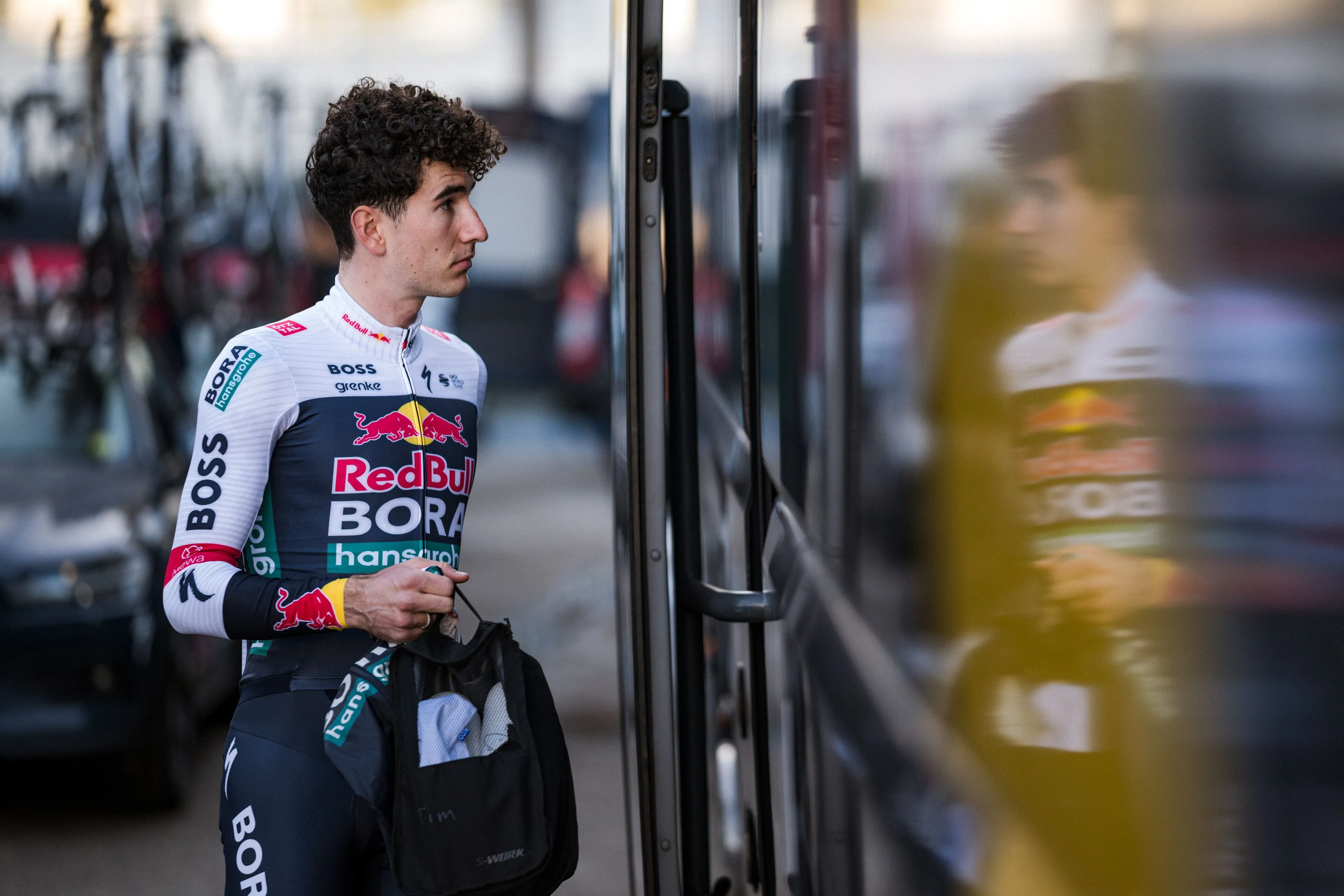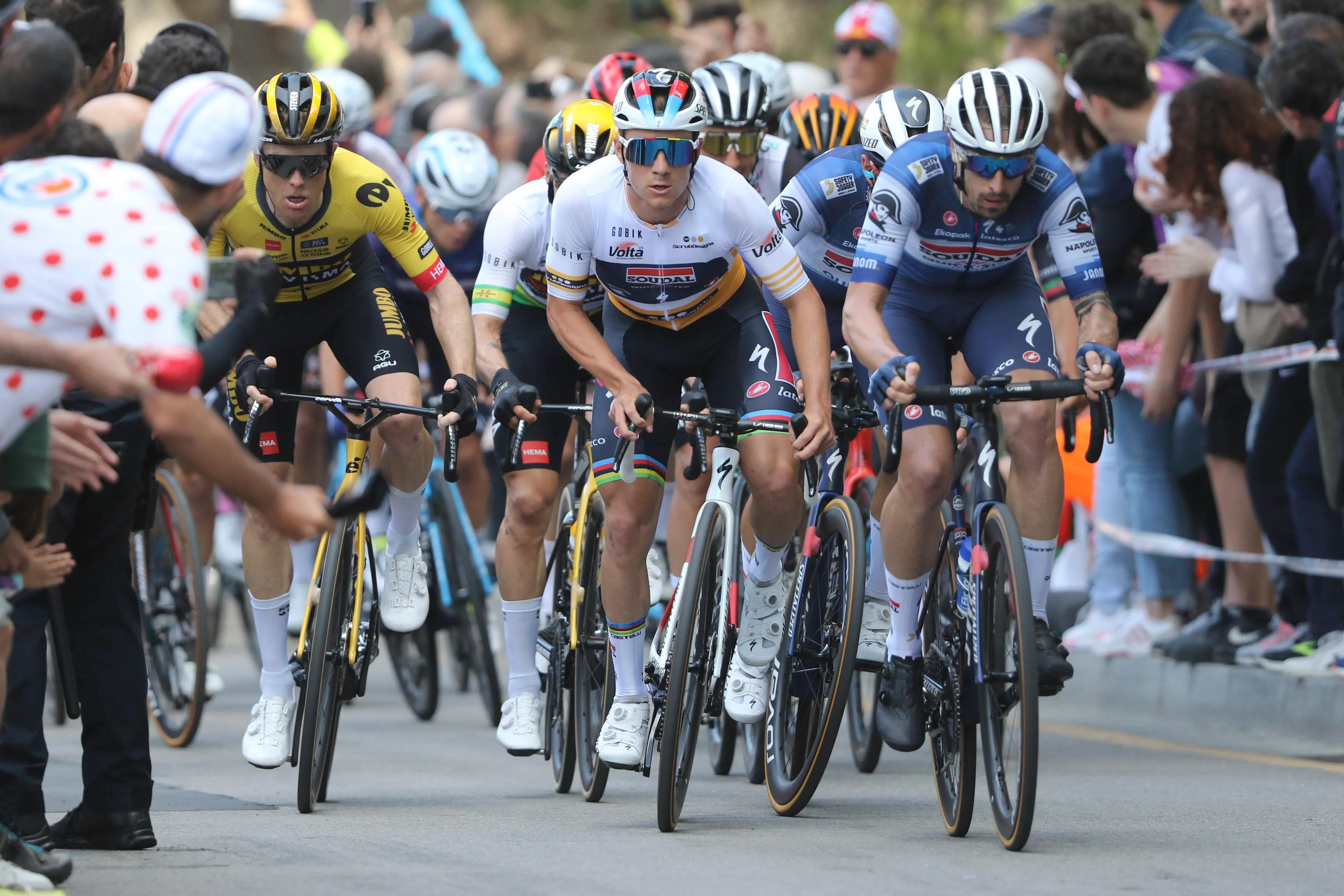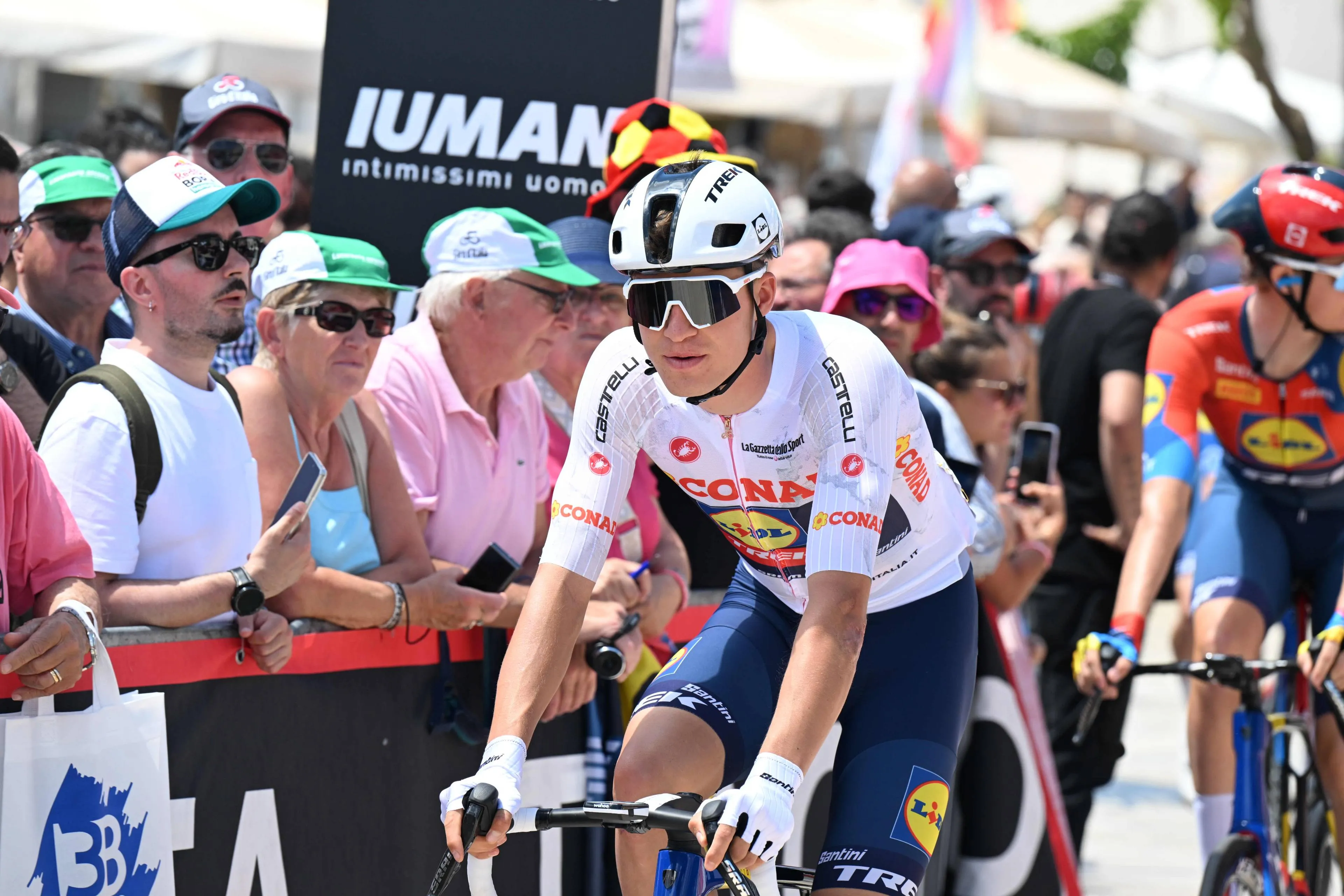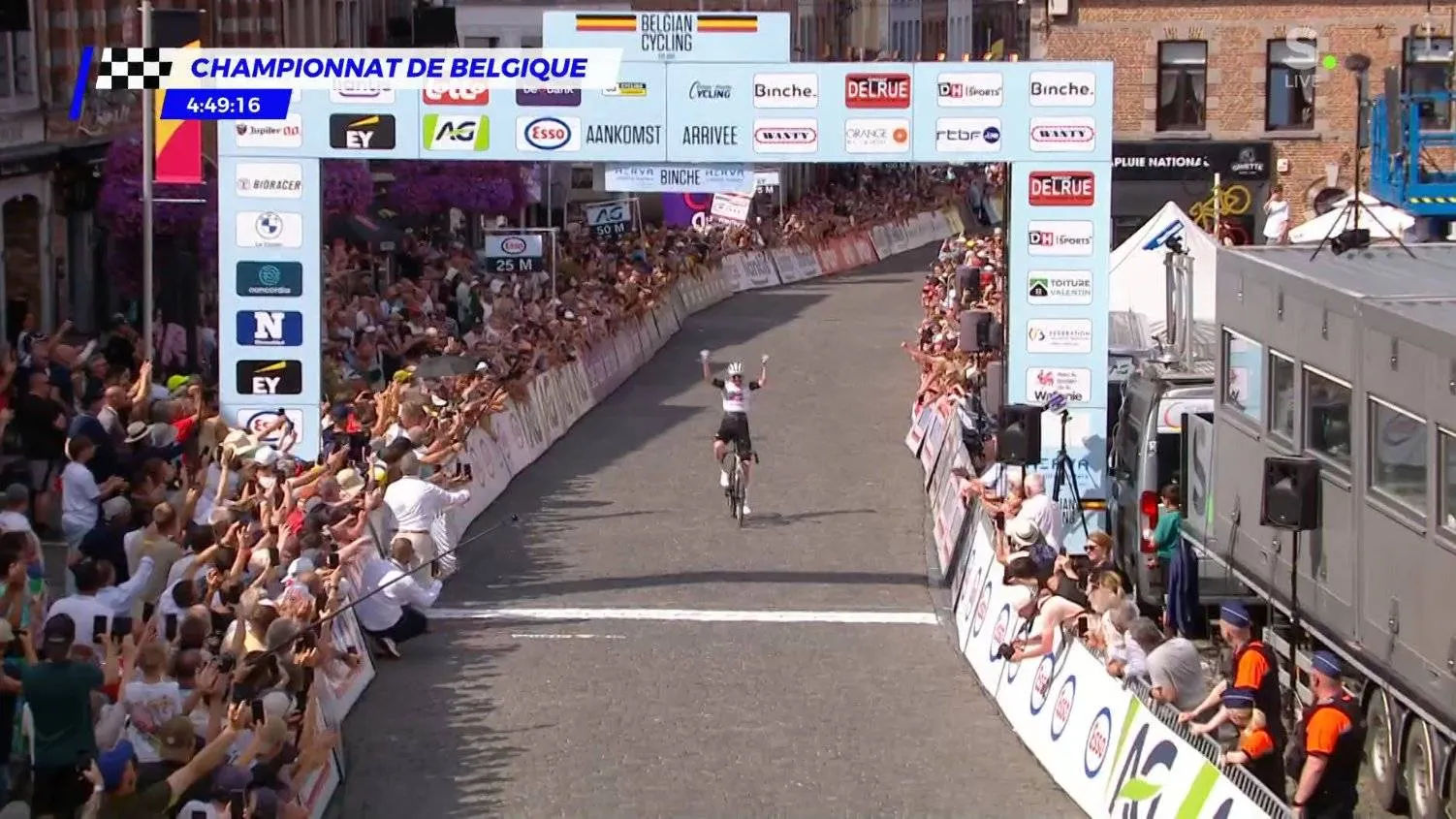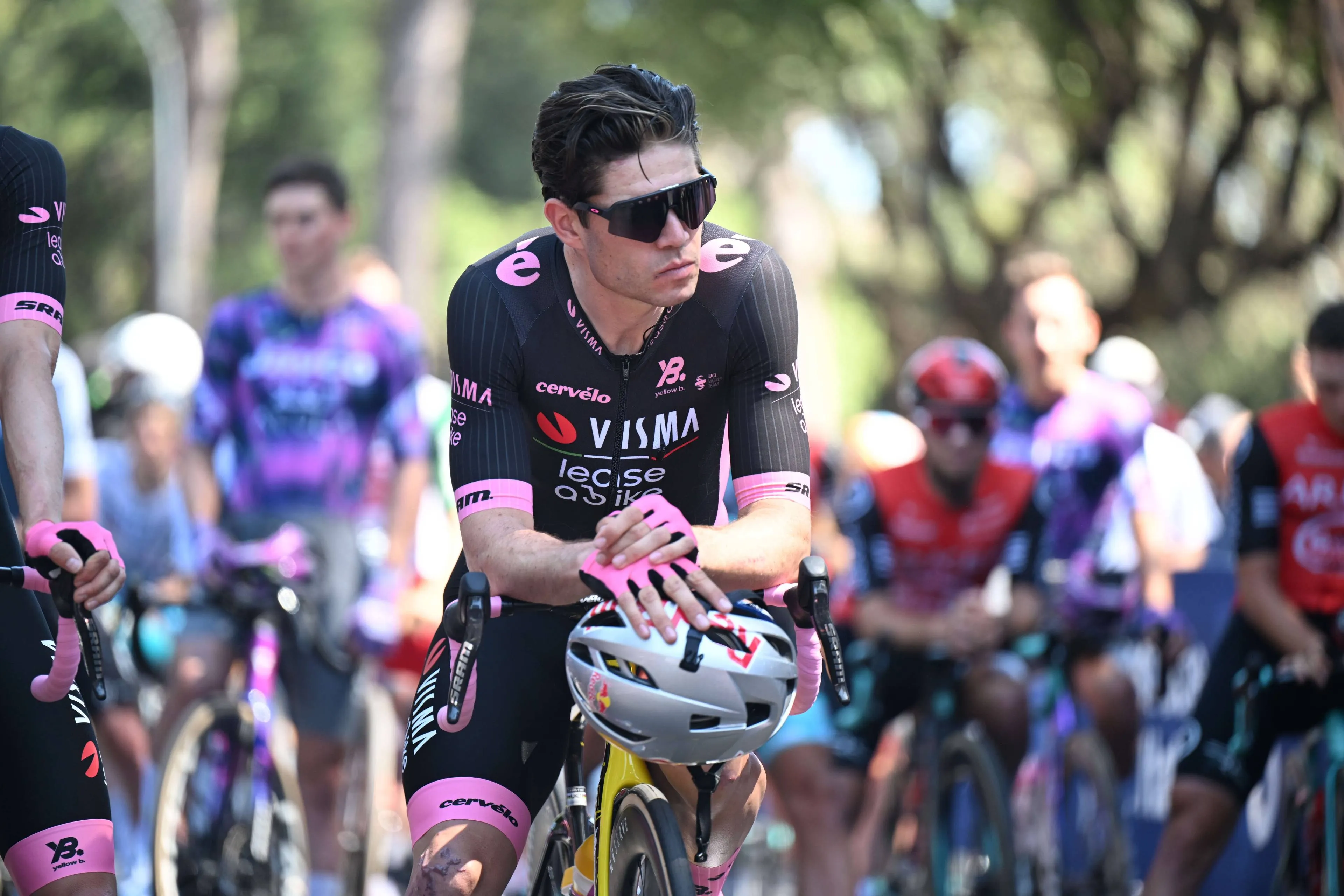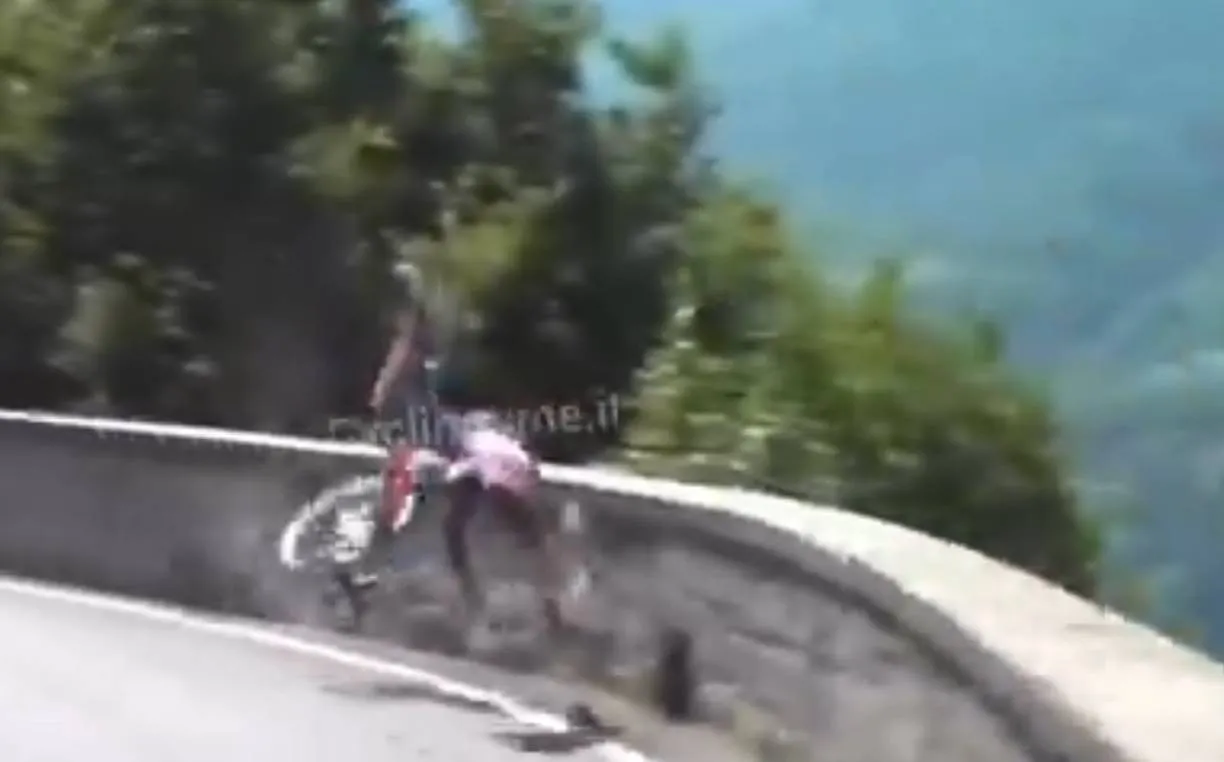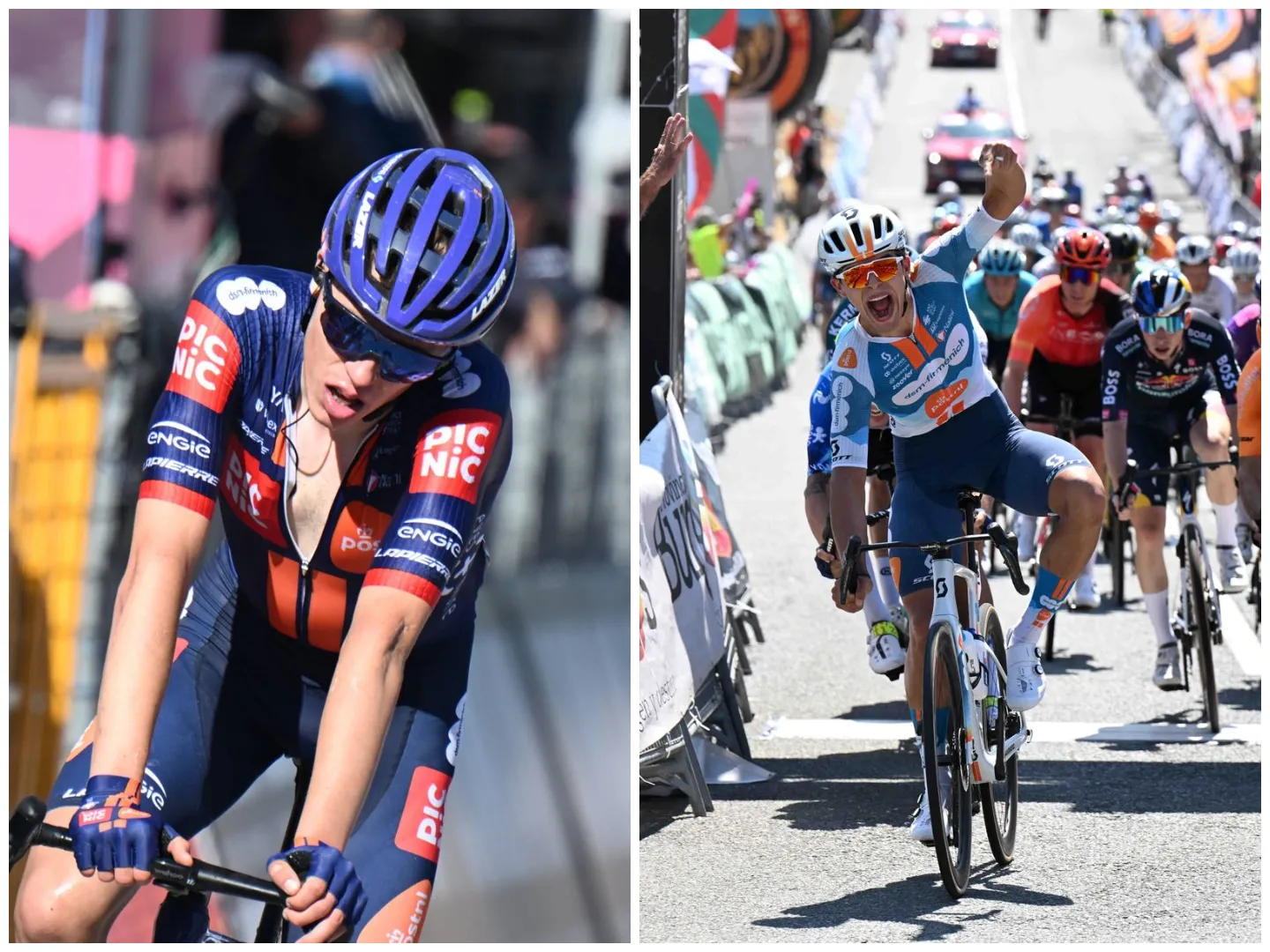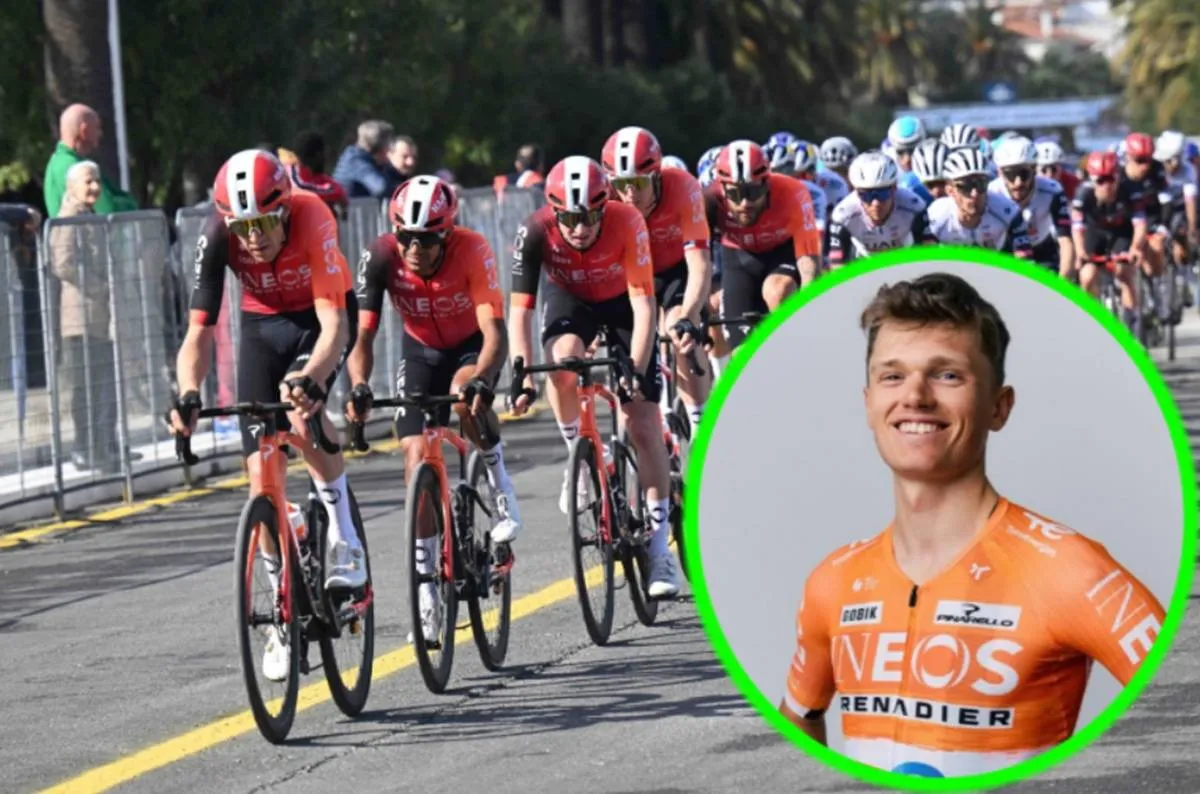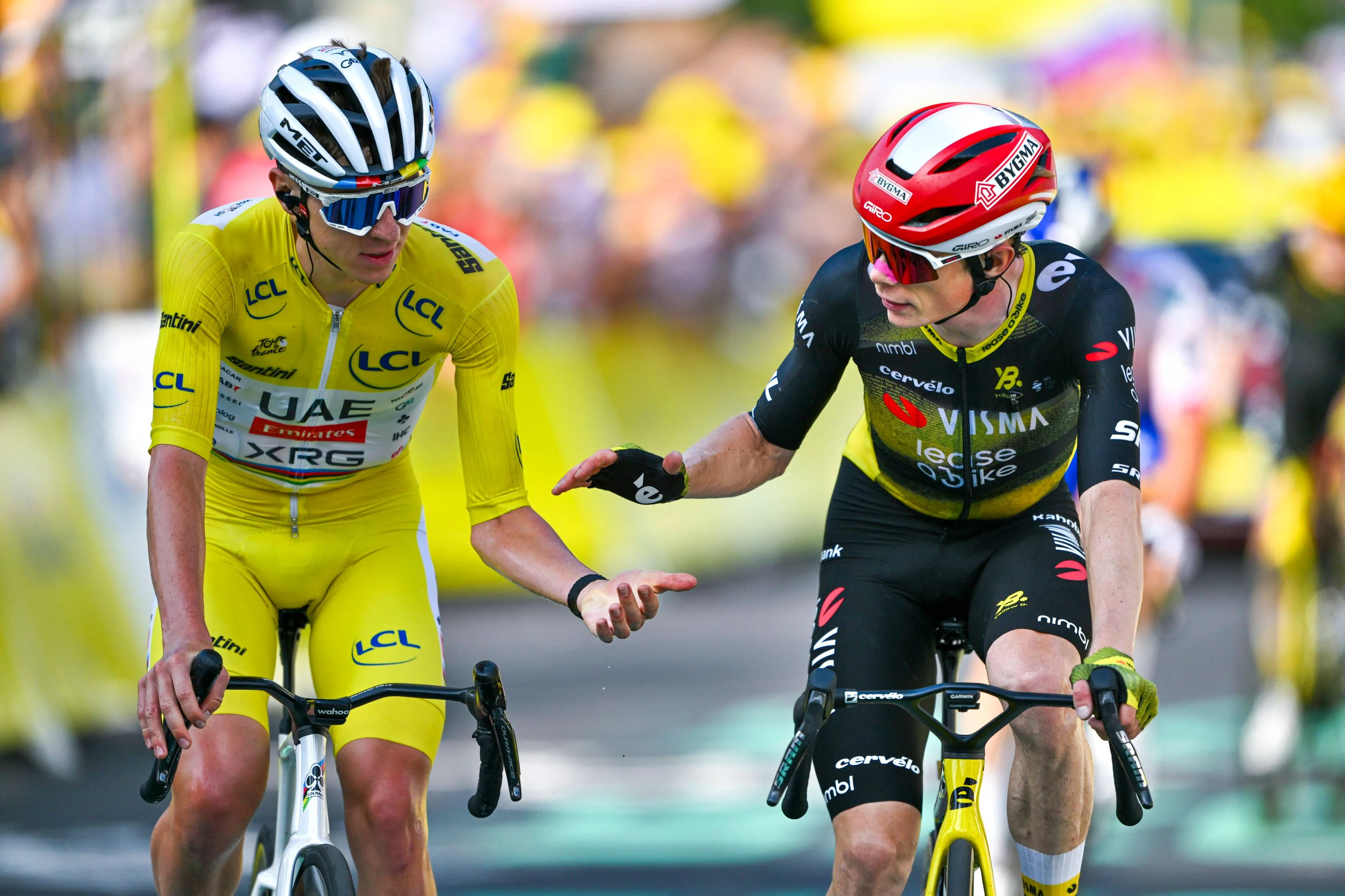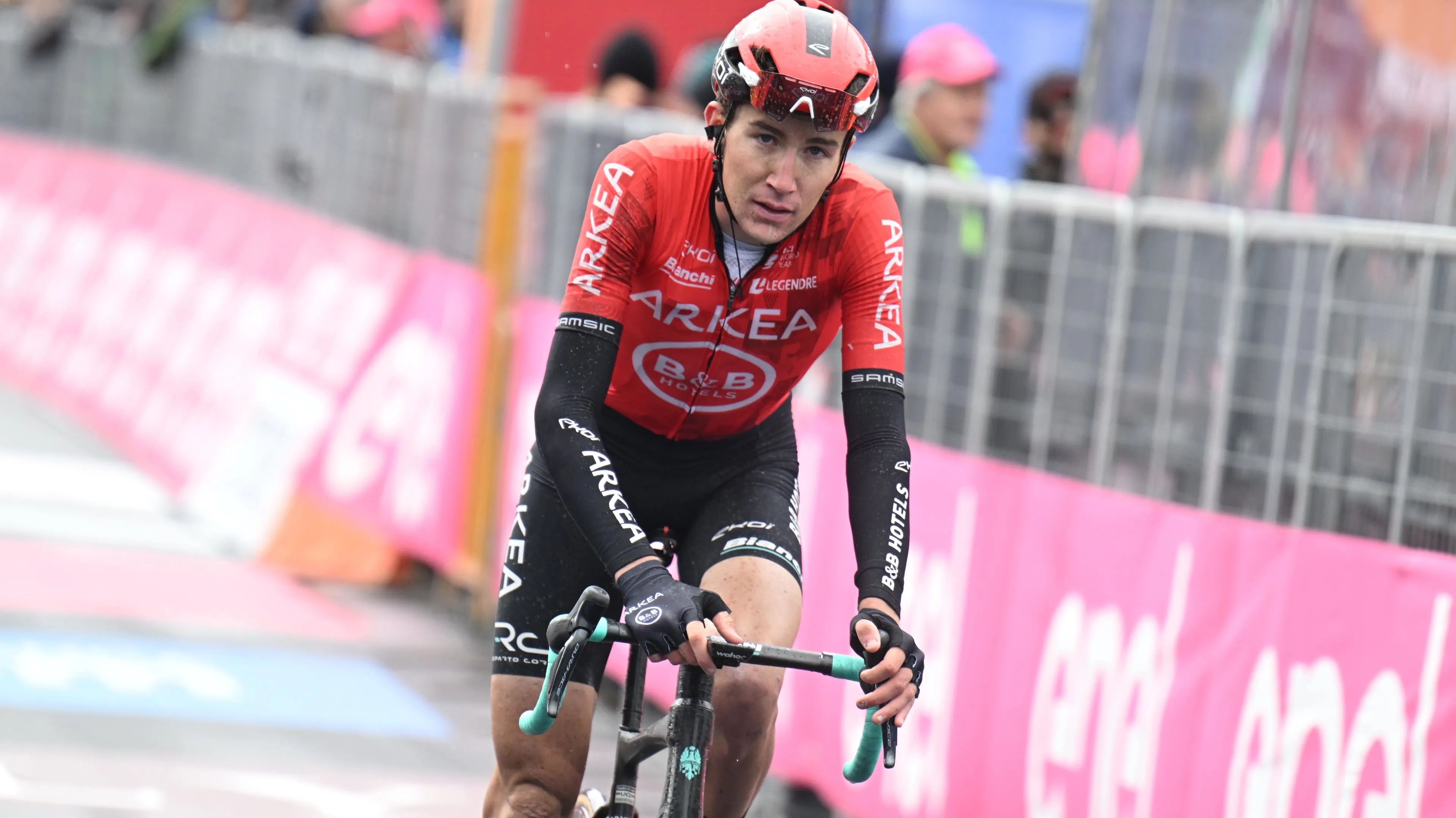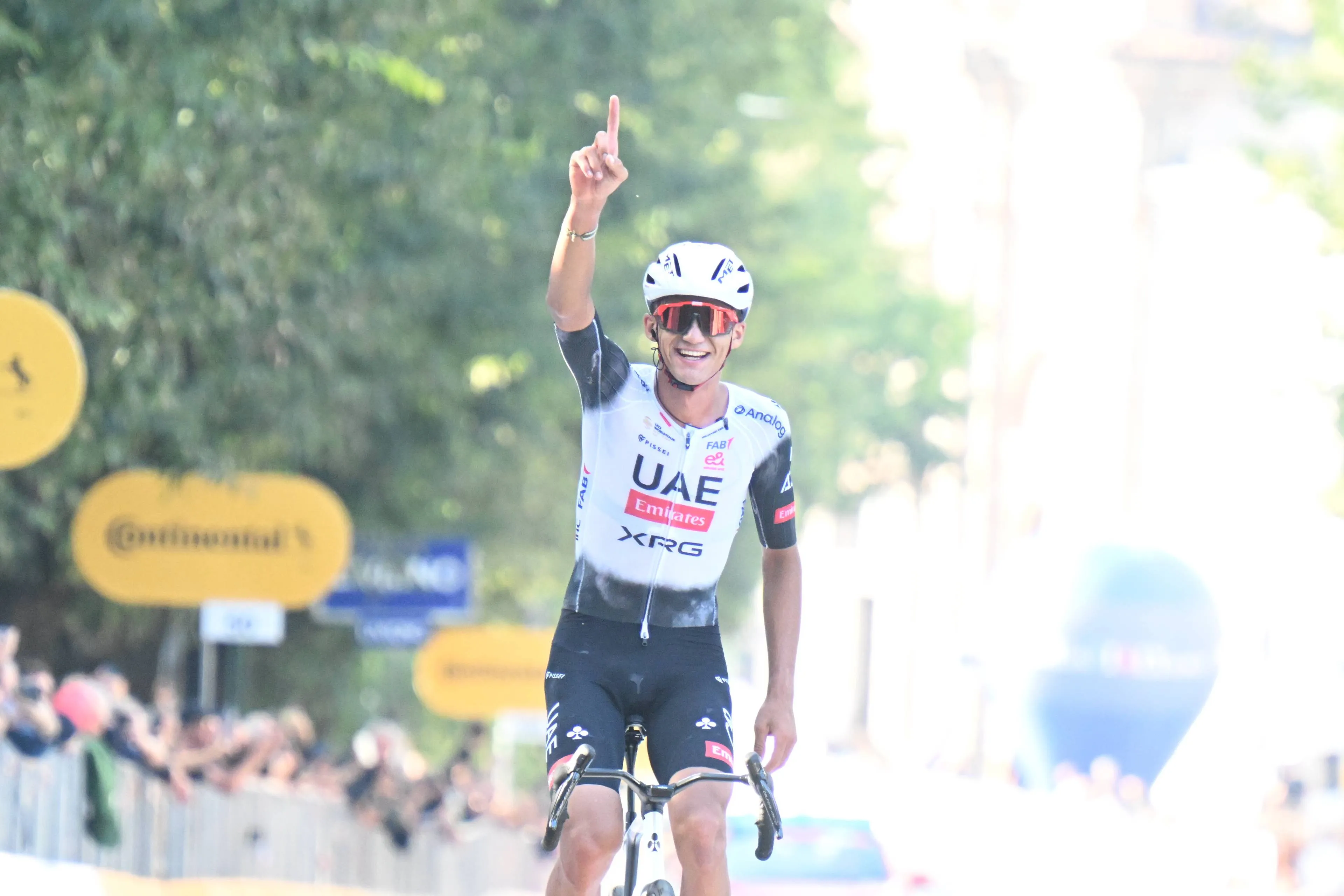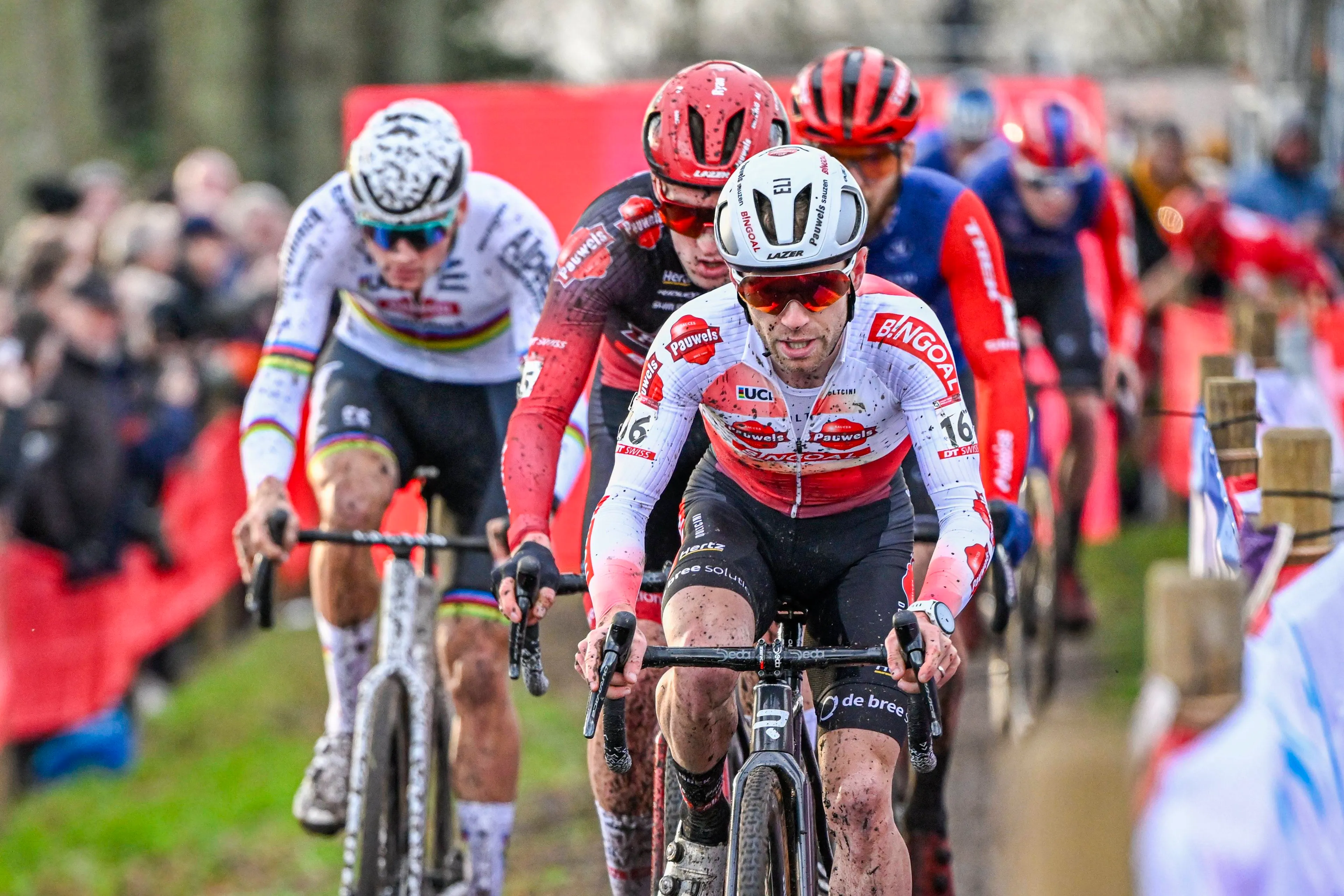Countdown to the Tour de France: 6 days | Greg LeMond’s dramatic 8-second victory in 1989
CyclingSunday, 29 June 2025 at 21:30
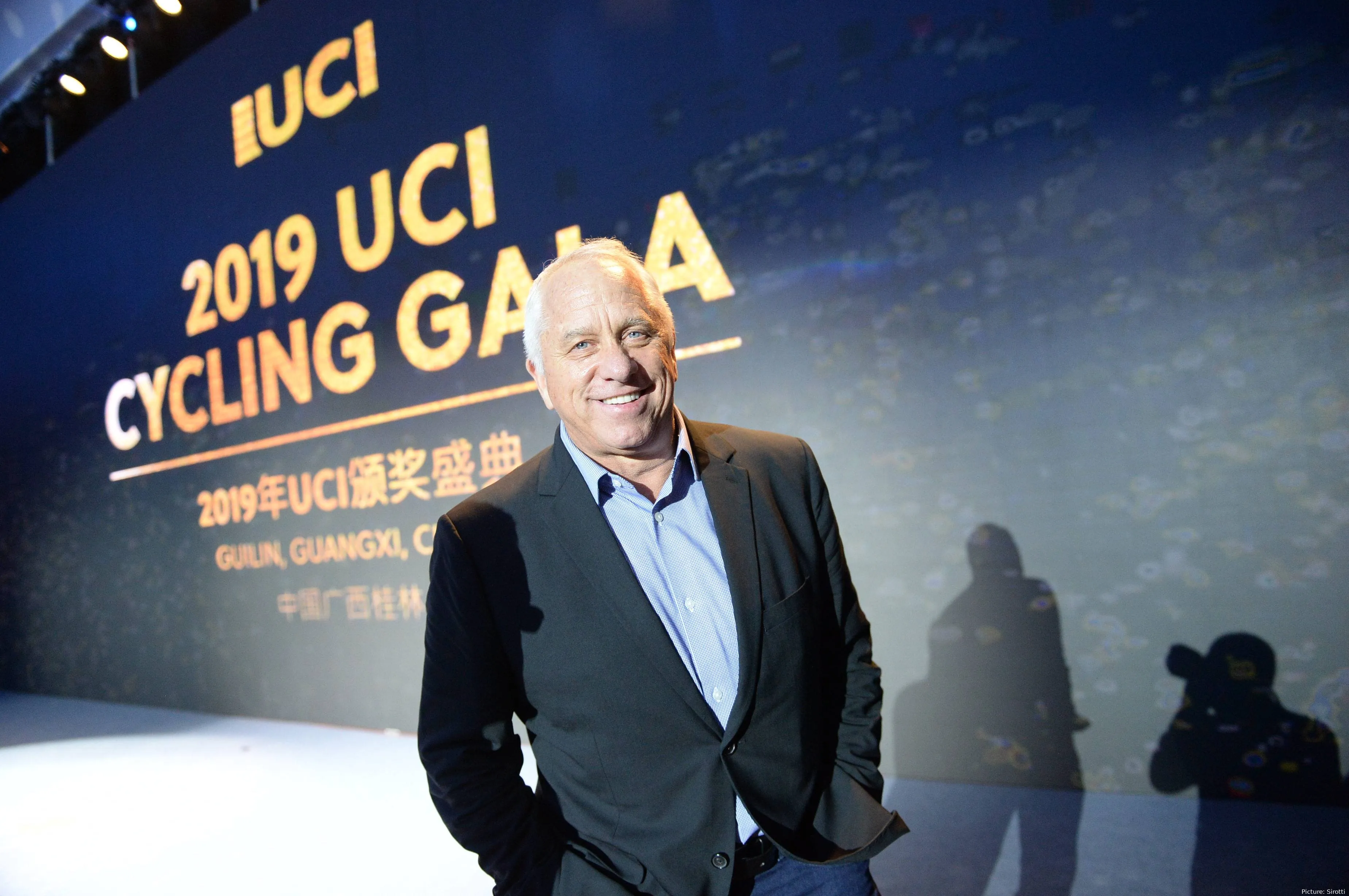
In today’s Tour de France countdown article, we revisit one
of the most dramatic finishes the sport has ever seen: Greg LeMond’s
astonishing 8 second victory at the 1989 Tour de France. As we count down to
the 2025 Tour, let’s look back at LeMond’s remarkable comeback and that heart stopping
victory which stunned the cycling world.
It seems incredible that this iconic finish took place nearly
40 years ago now, but its legend endures as perhaps the closest and most
thrilling conclusion in Tour de France history. Alongisde Roglic and Pogacar’s
battle in 2020, the 1989 edition was as close as it gets.
Read also
LeMond’s early wins
Greg LeMond was already an icon long before 1989. In 1986,
he became the first American to win the Tour de France, overcoming five-time
champion Bernard Hinault in an epic internal team battle within la Vie Claire.
What made that win ever more significant was that Hinault was attempting to win
an unprecedented sixth title, which LeMond denied.
Sign
Up Now to Build Your Fantasy Tour de
France Team & Win a Share of €10,000+
After 1986, LeMond appeared poised for a dynasty of his own.
However, fate intervened the following year in a way no one could have
imagined. In the spring of 1987, a hunting accident nearly killed him, he was
accidentally shot by his brother-in-law, suffering serious internal injuries
and losing massive amounts of blood. LeMond was airlifted to a hospital and
spent weeks in critical care. Doctors wondered not just if he would race again,
but if he would even survive, and it was later revealed that he had been hit by
nearly 60 pellets.
Read also
For two years, LeMond’s cycling career was derailed as he
underwent multiple surgeries and a difficult recovery. By the time he returned
to the professional peloton in 1988, he was a shadow of the rider he had been,
struggling to finish races, far from his former peak. Many assumed LeMond’s
best days were behind him.
Yet, LeMond refused to give up. Slowly but surely, he
rebuilt his strength and confidence. In the lead-up to the 1989 Tour de France,
he showed the first sparks of a resurgence by performing decently in the Giro
d’Italia.
Still, few considered him a serious contender for that
year’s Tour. After all, the field included defending champion Pedro Delgado of
Spain and France’s Laurent Fignon, a two-time Tour winner in the 1980s. LeMond
arrived at the Tour riding for a small Belgian team (ADR) and largely under the
radar. But it wouldn’t take long for him to prove the doubters wrong and script
a comeback for the ages.
Read also
1989 Tour de France: The closest Tour de France finish
From the start of the 1989 Tour, it became clear this race
would be exceptional. Reigning champ Delgado famously missed his start time in
the opening time trial prologue, losing over two minutes and dashing his hopes.
This opened the door for a new battle to emerge, one that would be waged
between Greg LeMond and Laurent Fignon.
By Stage 5, an individual time trial, LeMond stunned the
field and won the stage, seizing the overall race lead (maillot jaune) from
Fignon by five seconds. It was a statement that the American was back to his
best. Using innovative aerodynamic “tri-bars” on his handlebars (a novelty at
the time), LeMond gained precious seconds in the race against the clock. He
ended Stage 5 with a narrow lead of just five seconds over Fignon, signaling
that a two-man duel was on.
Read also
As the race entered the mountains, the yellow jersey swapped
back and forth between the two rivals in see-saw fashion. LeMond rode
intelligently, knowing his comparative strength was in time trials while
Fignon’s was in the high mountains. The Frenchman Fignon, driven by pride and
the hopes of a home nation, attacked repeatedly in the Pyrenees and Alps to try
to drop LeMond. At one point Fignon publicly accused LeMond of riding
defensively, sitting on his wheel and refusing to cooperate in the climbs.
LeMond, for his part, defended his tactics, noting that as the race leader it
was up to the others to attack.
This mind-game between them only intensified the rivalry.
The pivotal exchange came in the Alpine stages. In Stage 15,
another individual time trial up to Orcières-Merlette, LeMond finished fifth
but once again outpaced Fignon and took back the yellow jersey, opening up a
40-second advantage. But Fignon was not done.
Read also
On Stage 17, finishing atop the legendary Alpe d’Huez,
Fignon launched a ferocious attack. Knowing LeMond’s limits from their days as
teammates years prior, Fignon sensed a moment of weakness and broke away.
LeMond fought valiantly to limit his losses on the steep switchbacks of Alpe
d’Huez, but Fignon’s climbing prowess prevailed.
The Frenchman gained back time and regained the race lead,
putting himself 26 seconds ahead of LeMond. The very next day, Fignon pressed
on with another bold move, winning Stage 18 and extending his cushion to 50
seconds on the general classification. With only a couple of stages left,
Fignon, a supremely confident and proven champion, seemed to have one hand on
the Tour de France trophy.
Heading into the final stage in Paris, the 1989 Tour was
Fignon’s to lose. The last stage that year was highly unusual by modern
standards: it was a short 24.5 km individual time trial from Versailles to the
Champs-Élysées, rather than the traditional processional stage.
Read also
LeMond trailed Fignon by 50 seconds at the start of that
final day. Most experts believed such a deficit over such a short distance was
insurmountable, especially against a rider of Fignon’s caliber. The media had
effectively written Fignon’s victory story already. But Greg LeMond had other
ideas, and what unfolded on July 23, 1989 became the stuff of legend.
LeMond rode the time trial of his life on the streets of
Paris. Employing his tri-bar aerobars and a streamlined helmet, he was a man
possessed, cutting through the air at an average speed of over 54.5 km/h, the
fastest time-trial performance ever recorded in the Tour up to that point.
LeMond had instructed his support team to give him minimal
time checks, fully committed to an all-out effort. As he sped down the
Champs-Élysées towards the finish line, crowds realized the impossible was
happening: LeMond was obliterating Fignon’s time gap. When the dust settled,
LeMond beat Fignon by 58 seconds in the stage, enough to overturn the overall
deficit.
Read also
After three weeks and over 3,200 kilometers of racing,
LeMond won the 1989 Tour de France by a mere 8 seconds, which is still the
smallest winning margin in Tour history. Incredibly, LeMond had told his wife
before the started that due to his poor form since his hunting accident, he
would retire from cycling, and so clearly did not remotely expect to win.
The aftermath was pure drama. Fignon, who had started the
day in the yellow jersey, crossed the finish line in anguish, slumping over his
handlebars when he learned he had lost the Tour by such a cruelly slim margin.
The French star was inconsolable, in his post-race remarks he lamented that
losing by 8 seconds was like losing “the length of a long sigh… nothing.” After
the race, Fignon revealed that he had been suffering with saddle sores which
impacted his performance, but still neither he or any of the fans expected
LeMond to overturn the mammoth deficit.
For LeMond, it was absolute jubilation. He had not only
completed a comeback that once seemed impossible, but he did so in
record-breaking fashion and in the most dramatic way imaginable. French fans
were stunned and heartbroken to see their hero Fignon falter at the final
hurdle, while LeMond’s triumph captivated the world. The 1989 Tour is often
hailed as one of the greatest Tours ever, defined by the battle between two
champions and an ending no scriptwriter could have improved upon.
LeMond’s victory in 1989 was more than just a Tour de France
win – it was a testament to resilience. In the span of two years he went from
fighting for his life, to struggling at the back of the pack, to standing on
the top step of the Tour podium once more. His 8-second victory remains the
Tour de France’s closest finish and a reference point for high drama in the
sport.
Read also
In the following year, LeMond would go on to win the 1990
Tour de France as well, securing a third career Tour title and proving that his
renaissance was no fluke. He cemented his legacy as one of cycling’s great
champions and showed that non-Europeans could be kings of the Tour de France.
By the mid-1990s, LeMond’s performance level declined as he
faced health issues and a rapidly changing, doping-fueled era of cycling that
he staunchly criticized. He retired from competition in 1994, but his impact on
the sport remains profound.
Nearly four decades later, Greg LeMond’s 1989 Tour de France
triumph is still remembered with awe. It was the ultimate comeback story and a
finish for the ages, a reminder that in the Tour de France, it’s never over
until Paris. LeMond’s determination, innovation, and heart on that final day in
1989 earned him a place in cycling immortality, and it’s a story that still
gives fans chills as one of the most dramatic conclusions we have ever seen.
Read also
claps 1visitors 1
Just in
Popular news
Latest comments
- Wow, sad and unlucky indeed if he can’t even cycle recreationally as a result of this.mobk09-01-2026
- That's right, Giannetti said that Almeida and Ayuso asked to go to the 2024 TdF. They told them that Tadej was the only captain then if they went, they would be domestiques. Both accepted. Almeida kept his word, but Ayuso was a traitor. As soon as he realized he couldn't play his game , hiding at the back of the peloto, watching his classification, he got "COVID" (in summer, at 40 °C), leaving his team with a man less.
 maria2024202409-01-2026
maria2024202409-01-2026 - if anyone can compete with Tadej and Mathieu that is.mij09-01-2026
- no one has an answer for those twomij09-01-2026
- sorry for him, must be toughmij09-01-2026
- just a boneheaded move to watch yates ride away in that initial 100m of his attack. it wasn’t that blistering. Del Toro and Carapaz just watched with no response.mij09-01-2026
- Health comes first on every occasion, for the sport this is disappointing I can't imagine how disappointing is for Eli. Wish him all the best.slappers6609-01-2026
- Starting all 3 vs finishing all 3, which makes what Sepp Kuss did in 2023 very impressive.
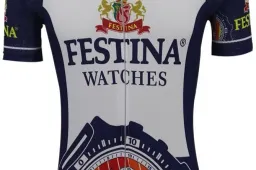 Front24209-01-2026
Front24209-01-2026 - It'd be good to see these back on the Classics 👍
 leedorney09-01-2026
leedorney09-01-2026 - it will be interesting to see his results when he steps into the bigger races. 19 wins, but so many in the fall in mid level races. still the mid races need to be won to step up to the biggies.mij09-01-2026
Loading
2 Comments
